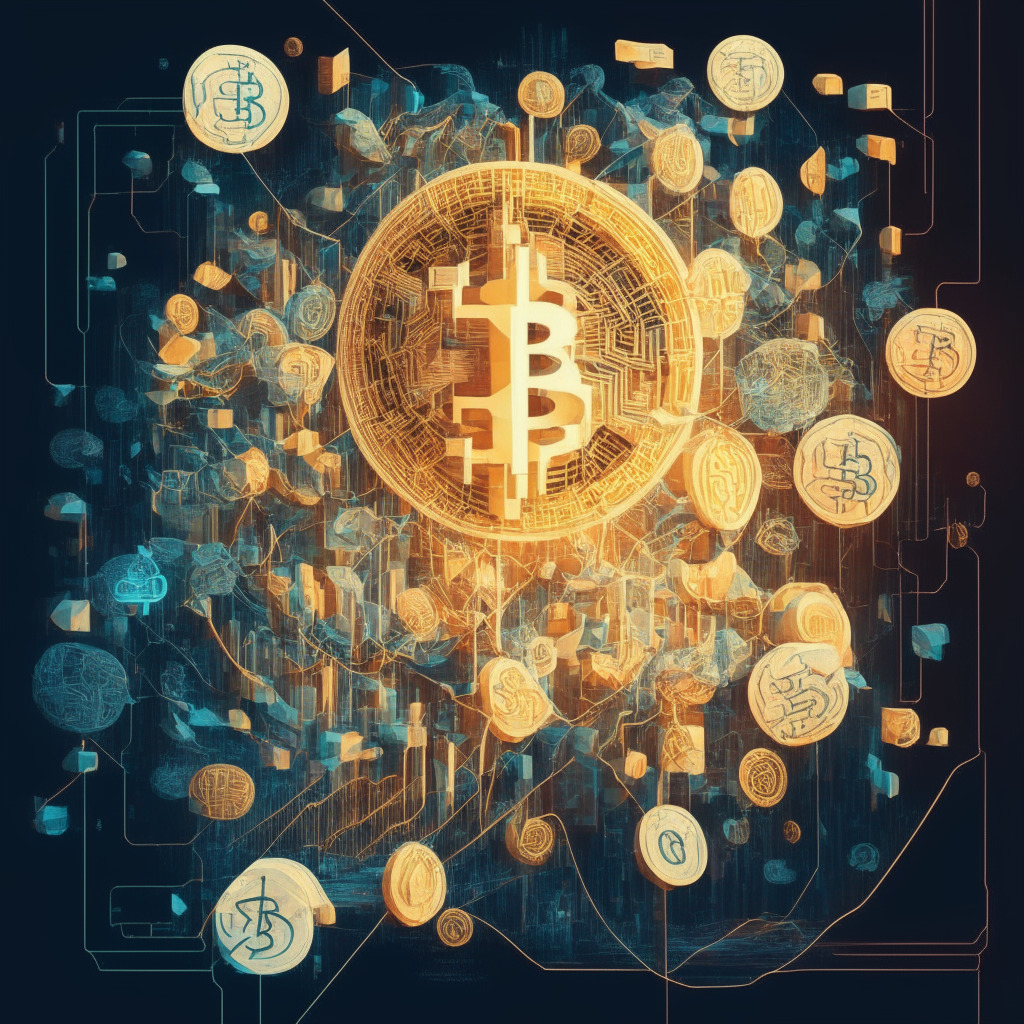As the Paraspace NFT protocol saga continues to unfold, the latest development involves the resignation of co-founder Jay Yao amid accusations of mismanagement concerning a total of 2,909 Ether (ETH), estimated to be worth around $5.4 million. This incident brings to light the possible pitfalls of cryptocurrency management and control while sparking discussions on trust and accountability within the blockchain community.
The conflict started with a price slippage attack on the NFT protocol on March 18th, which was intercepted by crypto security firm BlockSec. To prevent hostile actors from gaining access, the firm removed 2,909 ETH from the protocol and returned the assets to ParaSpace. However, the ParaSpace team alleged that only 50% of the total amount was added back to the protocol’s treasury, accusing the CEO Yubo Ruan of mismanagement, as he had exclusive access to the multi-sig wallet.
On the other hand, Ruan maintained his innocence and claimed he was being framed by the likes of Yao to step down as CEO. He also alleged that Yao and another Paraspace consultant, Thomas Schmidt, illegally obtained access to the protocol’s multisig accounts and social media platforms.
The turmoil within the company raised concerns among users and followers, as it highlighted the vulnerabilities present in the management of digital assets and raised questions about trustworthiness among blockchain entities. Yao, acknowledging the impact on the community, took to Twitter to apologize and emphasized that the entire situation should have been resolved internally.
While the prevalent narrative may lean towards Ruan’s alleged mismanagement, it also brings to light the numerous additional risks associated with the blockchain and cryptocurrency industry. Furthermore, as the industry grows, there arises a heightened need for transparency and regulatory oversight to ensure the safety and stability of digital asset management.
This incident serves as an important lesson for the crypto community, emphasizing the need for robust governance structures, security measures, and open communication among stakeholders. At the same time, it also reiterates the inherent risks involved in this fast-paced, constantly evolving market. Regardless of the outcome in this specific case, one can only hope that it will spark crucial reflection and discussion among similar entities in the blockchain space, ensuring that this rapidly growing sector remains resilient and secure for all its participants.
Source: Cointelegraph




